’Japonisme’: Toshiba Gallery of Japanese Art reopens at the V&A
The V&A’s Toshiba Gallery of Japanese Art, originally opened in 1986, has re-opened after a six-month refurbishment programme. The new-look space will exhibit 550 works, a mere fraction of the 40,000 pieces in the permanent collection.
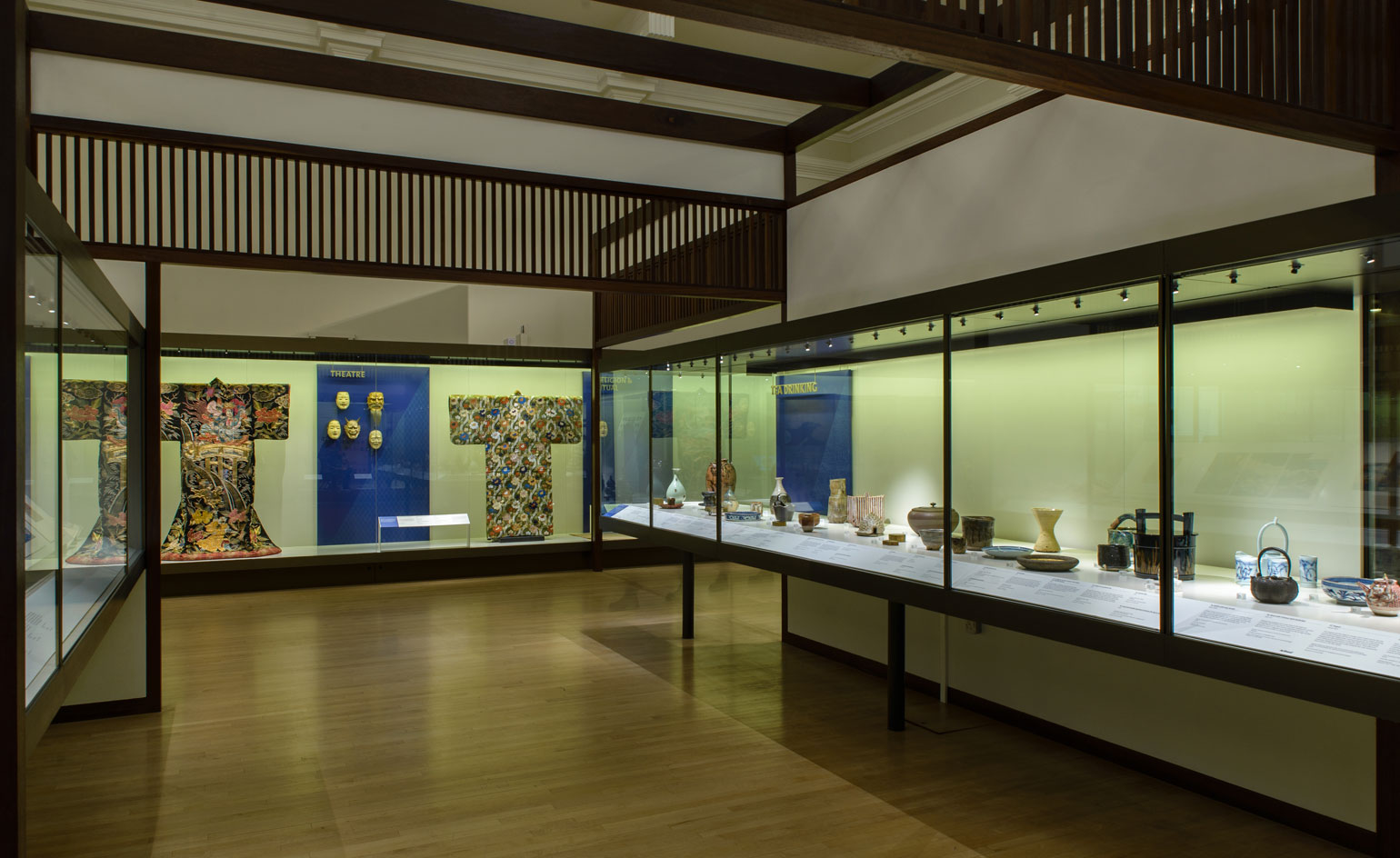
The V&A’s Toshiba Gallery of Japanese Art, originally revealed in 1986, has re-opened after a six-month refurbishment programme. The new-look space will exhibit 550 works, a mere fraction of the 40,000 pieces in the permanent collection.
The gallery retains the Stanton Williams-designed wooden building-within-a-building, a nod to traditional Japanese architecture, but the lighting and internal fabric has been updated. The redesign has taken into account the changing nature of the collection, which now includes pieces of interior and product design, fashion, electronics, photography and graphics as well as crowd-pleasing Samurai armour and kimonos, ceramics and lacquer work.
Works on display include a selection of Naoto Fukasawa-designed mobile phone; Sony’s first Walkman, launched in 1979; a Hello Kitty rice cooker; an origami inspired outfit from Issey Miyake; Noritaka Tatehana’s high-heels-on-a-plinth; Shiro Kuramata’s Cabinet de Curiosité from 1989; and BCXSY’s lovely folding screen from 2010.
The strength of the V&A’s collection of Japanese art and objects is partly down to timing. 'Japonisme', a craze for all things Japanese, was all the rage amongst the metropolitan elites of Paris and London when the museum opened in the mid-19th century. But, as the gallery makes clear, even as our fascination has waxed and waned, the Japanese capacity for extraordinary craftsmanship, technical innovation and radical design has been a constant.
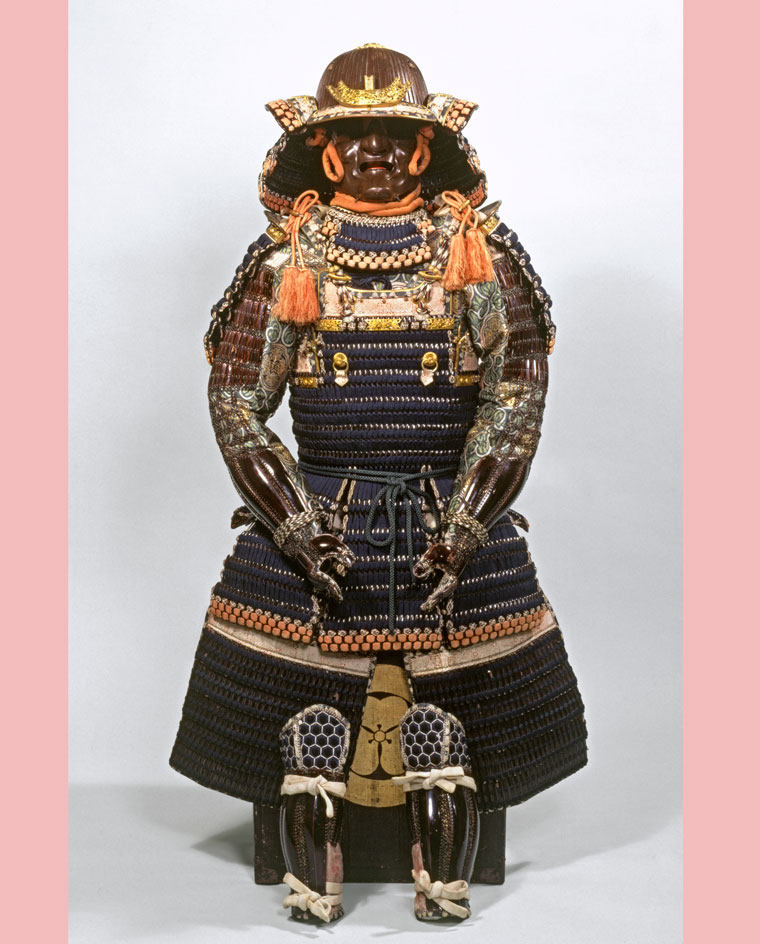
In the gallery, you can find treasures and artefacts that pay respect to British 19th century orientalism, and the ethos of ’Japonisme’ that aided the gallery’s original opening. Pictured: suit of armour in Haramaki style, Japan, 19th century.

Around 550 of the institution’s 40,000 permanent collection works will be displayed in the Toshiba Gallery. Pictured: Inro, by Shibata Zeshin, Japan, 1865.

The Nakamura-za was one of the three main kabuki (which can be translated as ’avant-garde’ or ’bizarre’) theatres in Japan, where this traditional, theatrical form of dance was performed. Pictured: screen depicting the Nakamura-za Kabuki Theatre, Japan, late 1680s.
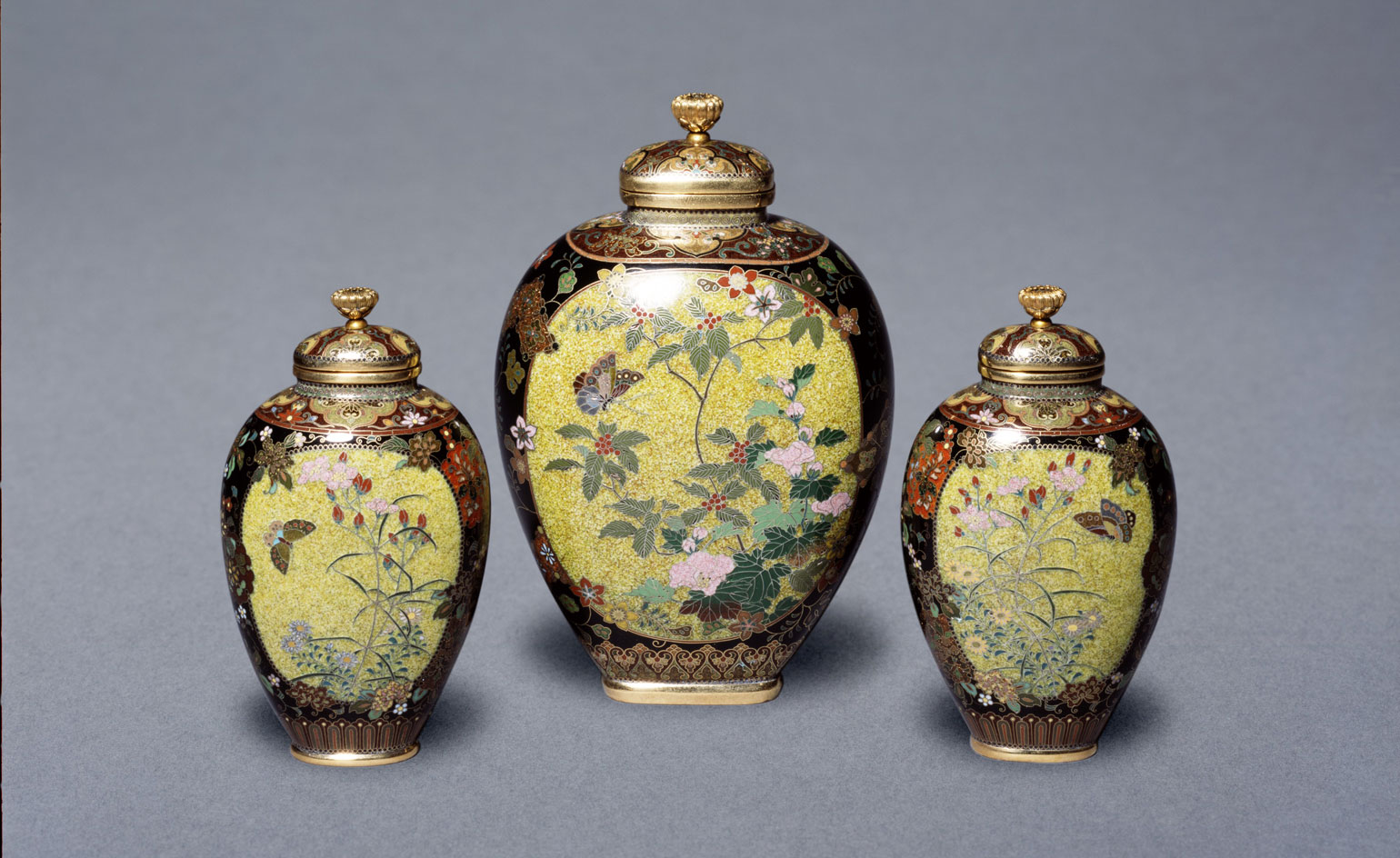
In traditional cloisonné, wires are attached to a metal body and coloured enamels are applied between them, creating intricate images. The master cloisonné artist Namikawa Yasuyuki (1845–1927) founded a hugely successful workshop in Kyoto and became a key exporter of this style of vase. Pictured: cloisonné enamel vases by Namikawa Yasuyuki, Kyoto, Japan c.1880–90.
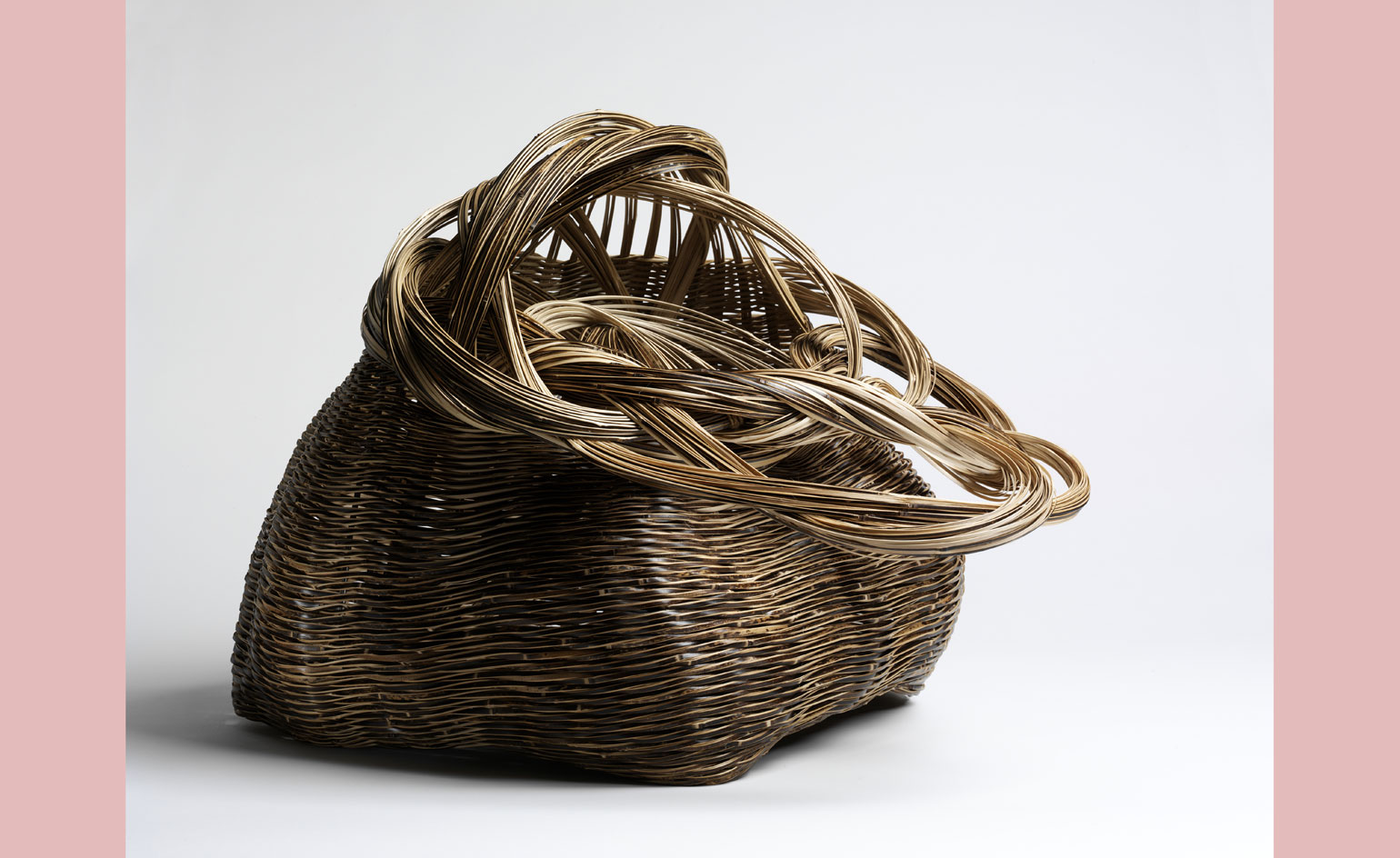
Tanabe Shochiku comes from a long line of successful bamboo artists and has exhibited work in the most prestigious galleries in Japan – it’s only fitting his beautiful work is included here. Pictured: AUN II, by Tanabe Shochiku, Japan, 2014.
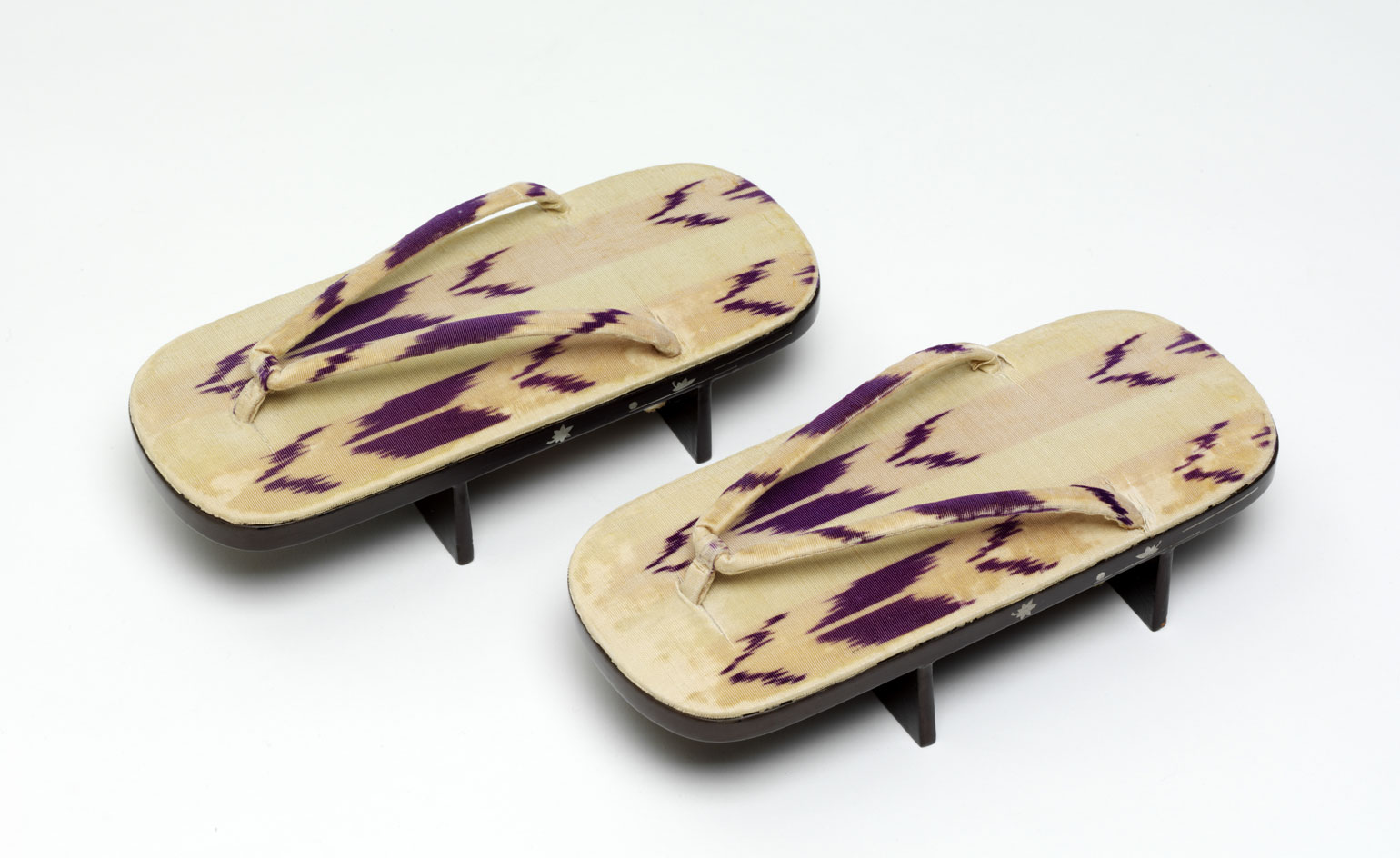
These traditional form of Japanese sandals – known as geta – are designed for comfort, with an elevated wooden base and fabric thong. Pictured: a pair of geta sandals, 1930–40.
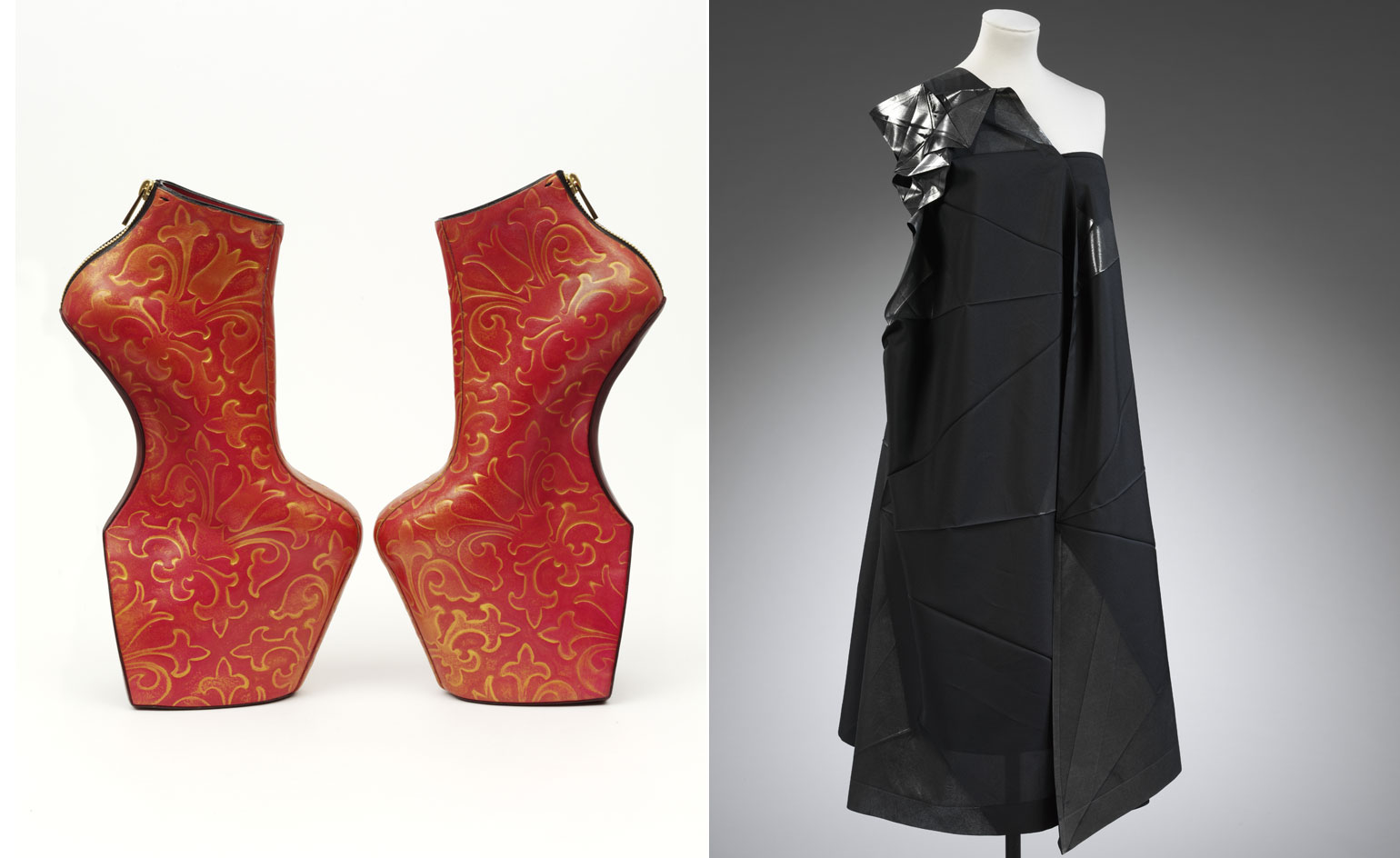
Pictured left: heelless shoes by Noritaka Tatehana. 2014. Right: dress from ‘132 5’ collection by Issey Miyake.

Six mobile phones: au Infobar, au W11K, au Neon, au Infobar 2 shop display model and au Infobar A01 shop display model, by Naoto Fukasawa, 2001–2011. Photography: Naoto Fukasawa.

Pictured left: Hello Kitty rice steamer, Sokar International Inc, Japan, 2014. Right: JVC Videosphere, JVC Ltd, Japan, 1974.
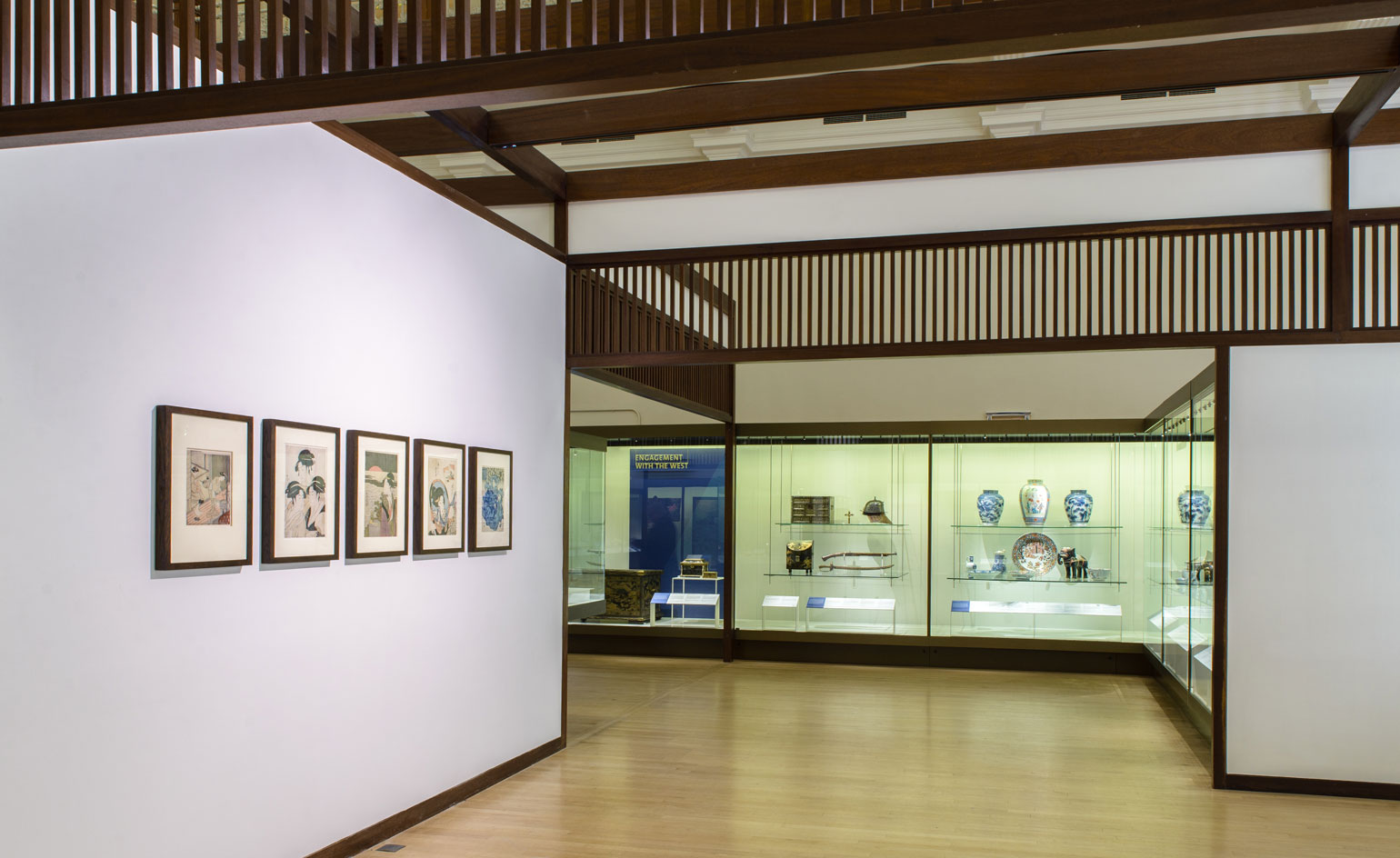
As the gallery makes clear, even as our fascination has waxed and waned, the Japanese capacity for extraordinary craftsmanship, technical innovation and radical design has been a constant
INFORMATION
For more information, visit the V&A's website
Photography courtesy Victoria and Albert Museum
ADDRESS
Victoria and Albert Museum
Cromwell Road
London, SW7 2RL
Receive our daily digest of inspiration, escapism and design stories from around the world direct to your inbox.
-
 Click to buy: how will we buy watches in 2026?
Click to buy: how will we buy watches in 2026?Time was when a watch was bought only in a shop - the trying on was all part of the 'white glove' sales experience. But can the watch industry really put off the digital world any longer?
-
 Don't miss these art exhibitions to see in January
Don't miss these art exhibitions to see in JanuaryStart the year with an inspiring dose of culture - here are the best things to see in January
-
 Unmissable fashion exhibitions to add to your calendar in 2026
Unmissable fashion exhibitions to add to your calendar in 2026From a trip back to the 1990s at Tate Britain to retrospectives on Schiaparelli, Madame Grès and Vivienne Westwood, 2026 looks set to continue the renaissance of the fashion exhibition
-
 Yuko Mohri’s living installations play on Marcel Duchamp’s surrealism
Yuko Mohri’s living installations play on Marcel Duchamp’s surrealismThe artist’s seven new works on show at Milan’s Pirelli HangarBicocca explore the real and imaginary connections that run through society
-
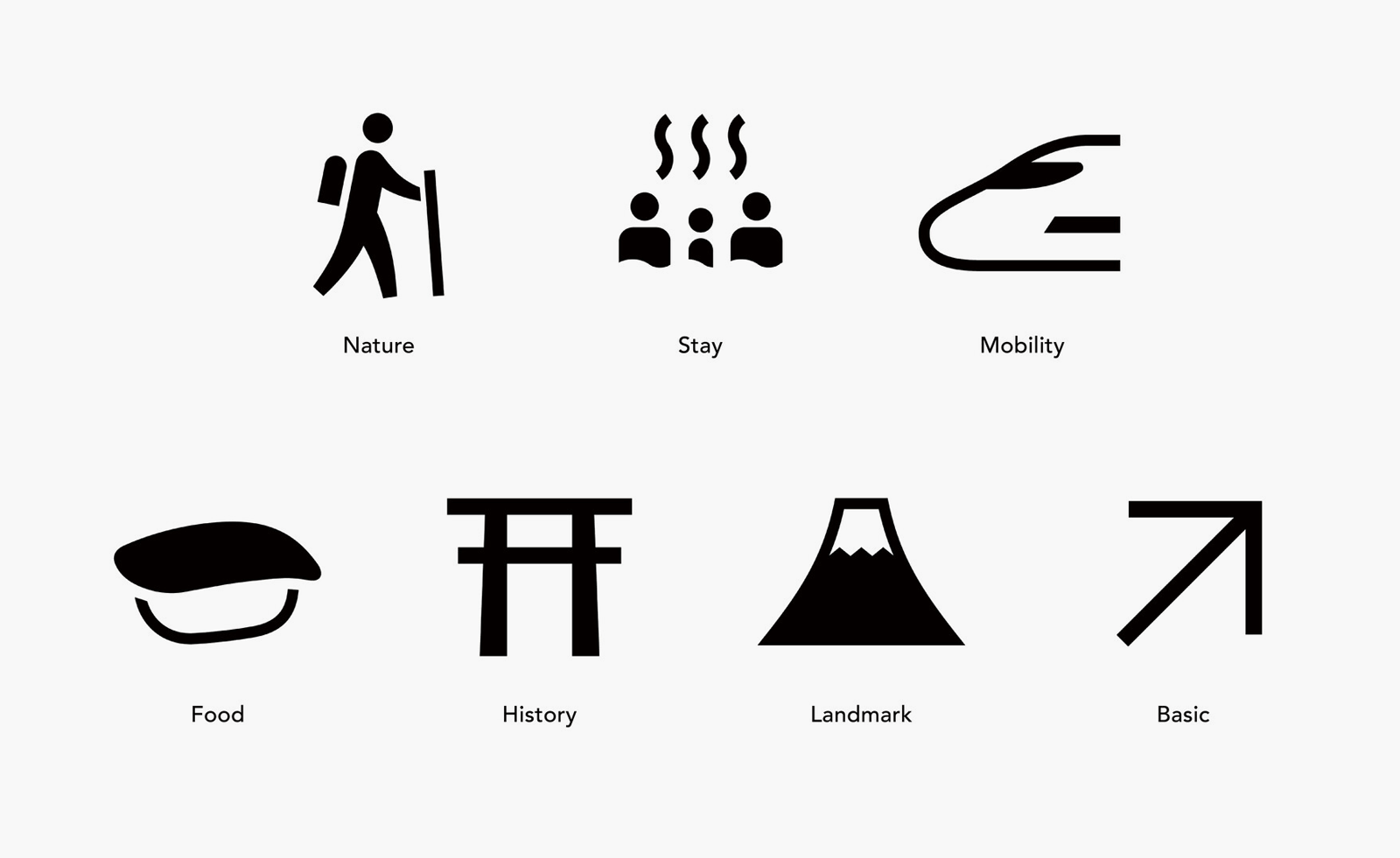 Get the picture? A new exhibition explores the beautiful simplicity of Japanese pictograms
Get the picture? A new exhibition explores the beautiful simplicity of Japanese pictogramsThe simple, minimalist forms of a pictogram are uniquely Japanese, as new exhibition 'Pictograms: Iconic Japanese Designs' illustrates
-
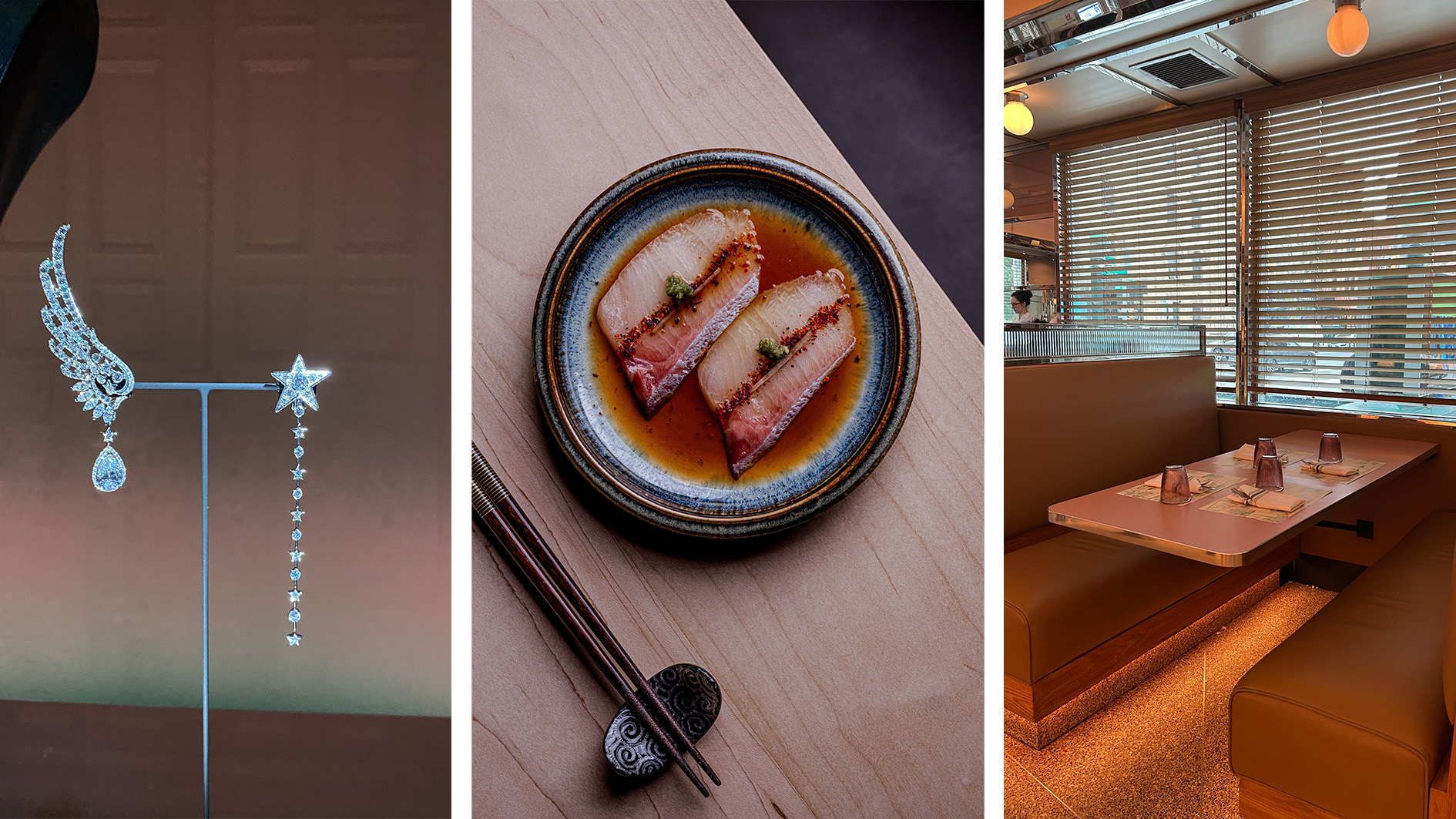 Out of office: the Wallpaper* editors’ picks of the week
Out of office: the Wallpaper* editors’ picks of the weekIt was a jam-packed week for the Wallpaper* staff, entailing furniture, tech and music launches and lots of good food – from afternoon tea to omakase
-
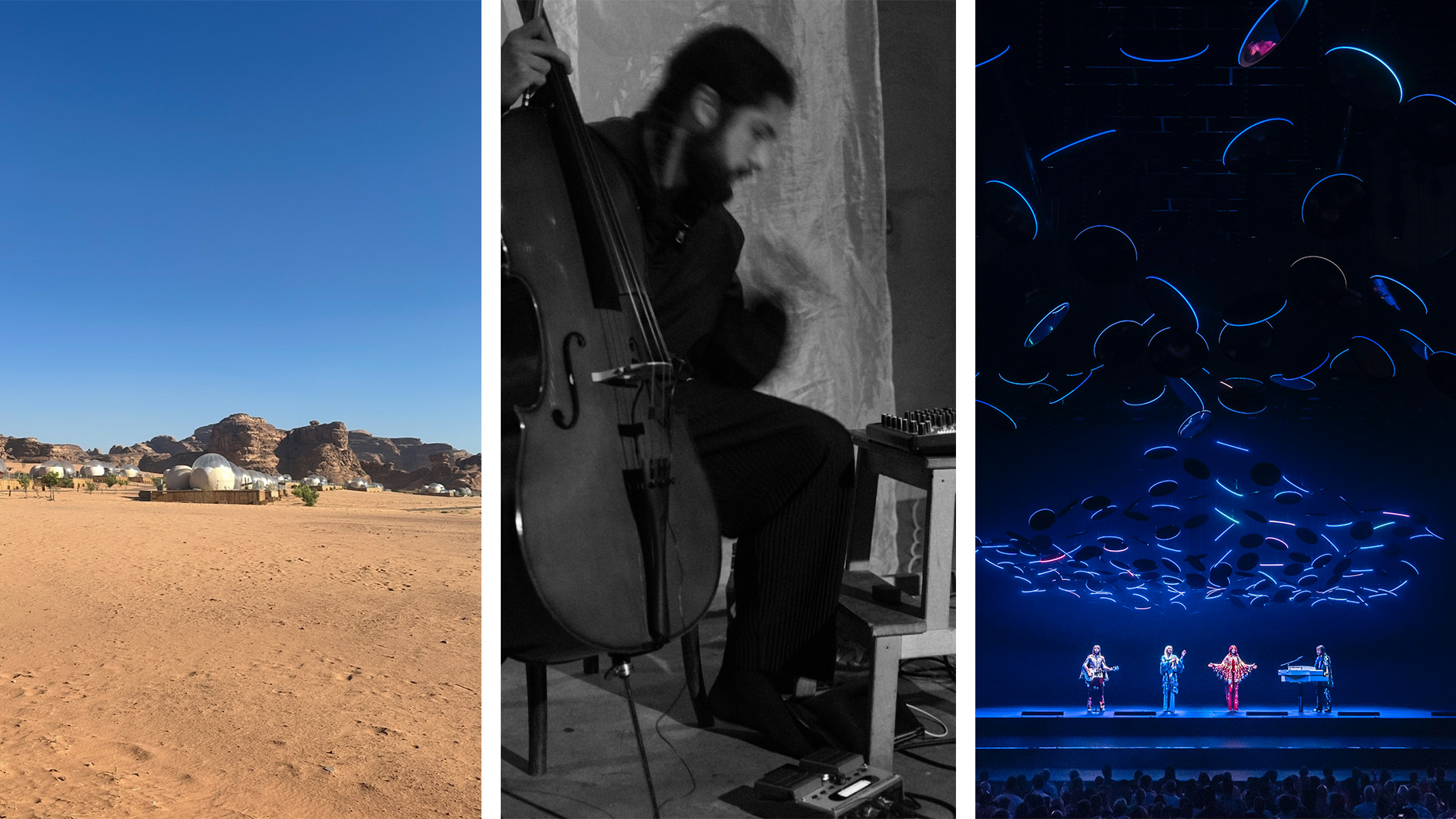 Out of office: what the Wallpaper* editors have been up to this week
Out of office: what the Wallpaper* editors have been up to this weekThis week saw the Wallpaper* team jet-setting to Jordan and New York; those of us left in London had to make do with being transported via the power of music at rooftop bars, live sets and hologram performances
-
 Inside Kyotographie, Japan’s world-renowned photography festival
Inside Kyotographie, Japan’s world-renowned photography festivalKyotographie 2025 embraces the theme ‘Humanity’ in Kyoto – Amah-Rose Abram reports with the highlights, from major and emerging photographers
-
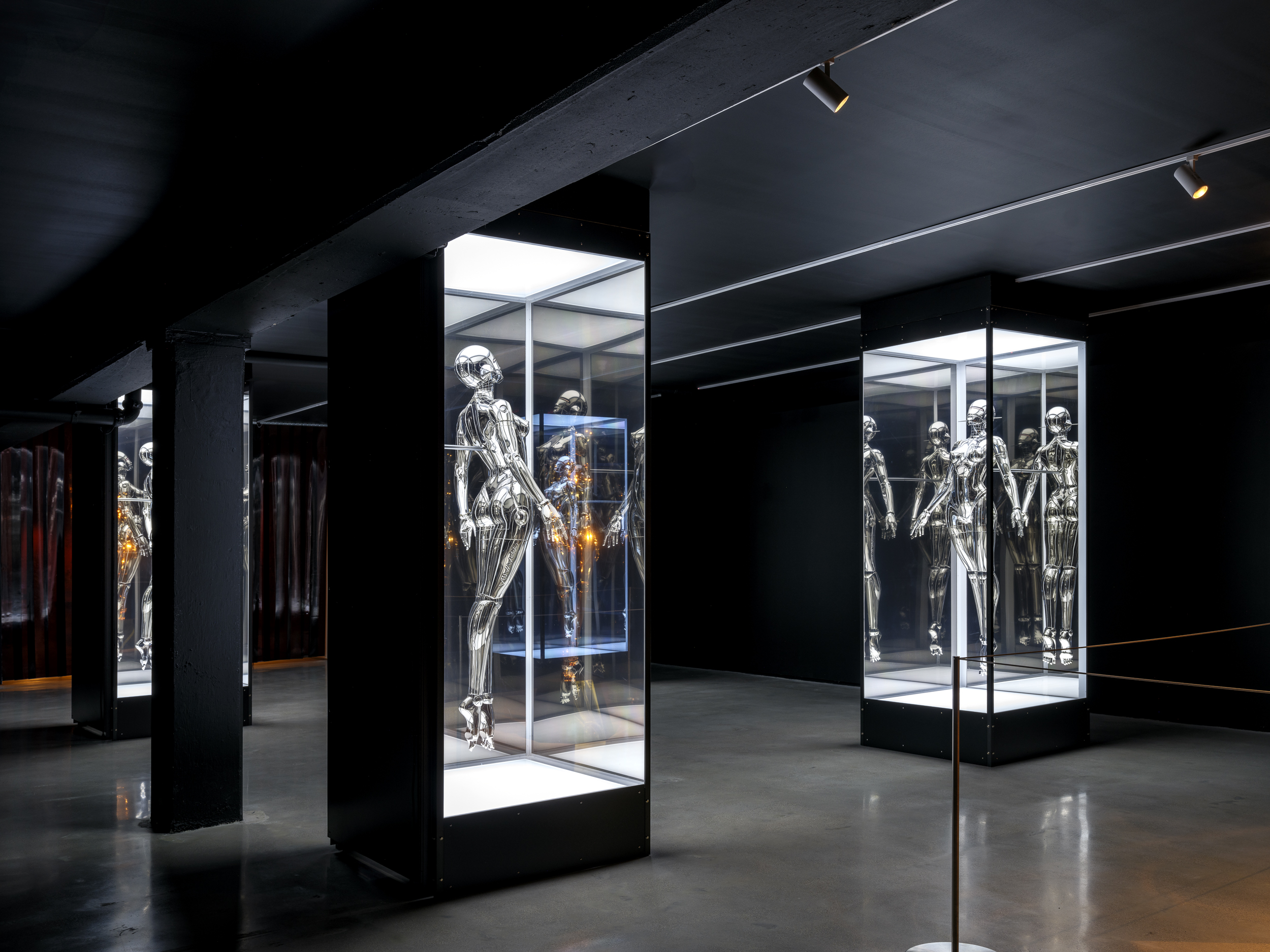 Miami’s new Museum of Sex is a beacon of open discourse
Miami’s new Museum of Sex is a beacon of open discourseThe Miami outpost of the cult New York destination opened last year, and continues its legacy of presenting and celebrating human sexuality
-
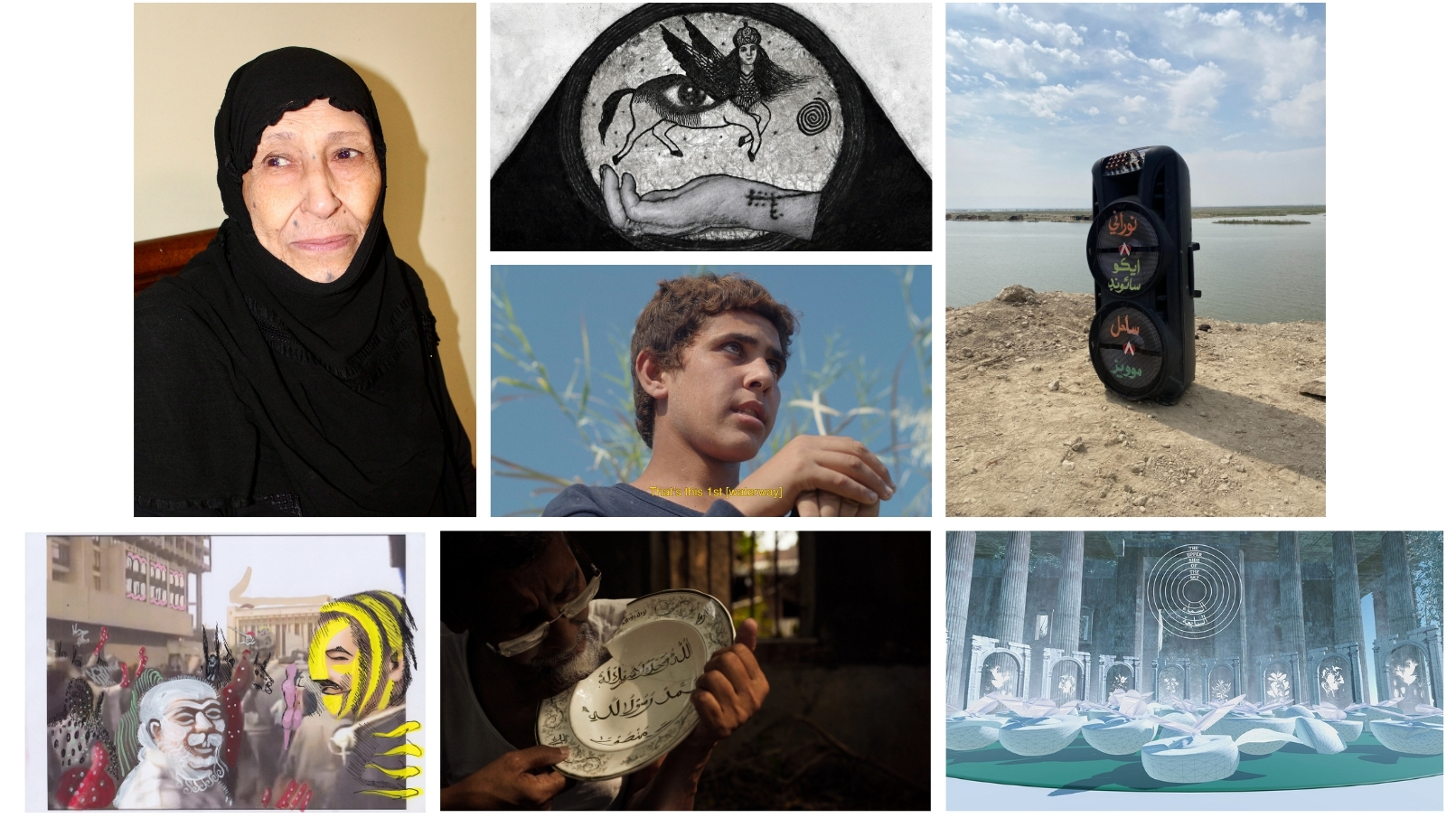 Preview the Jameel Prize exhibition, coming to London's V&A, with a focus on moving image and digital media
Preview the Jameel Prize exhibition, coming to London's V&A, with a focus on moving image and digital mediaThe winner of the V&A and Art Jameel’s seventh international award for contemporary art and design inspired by Islamic tradition will be showcased alongside shortlisted artists
-
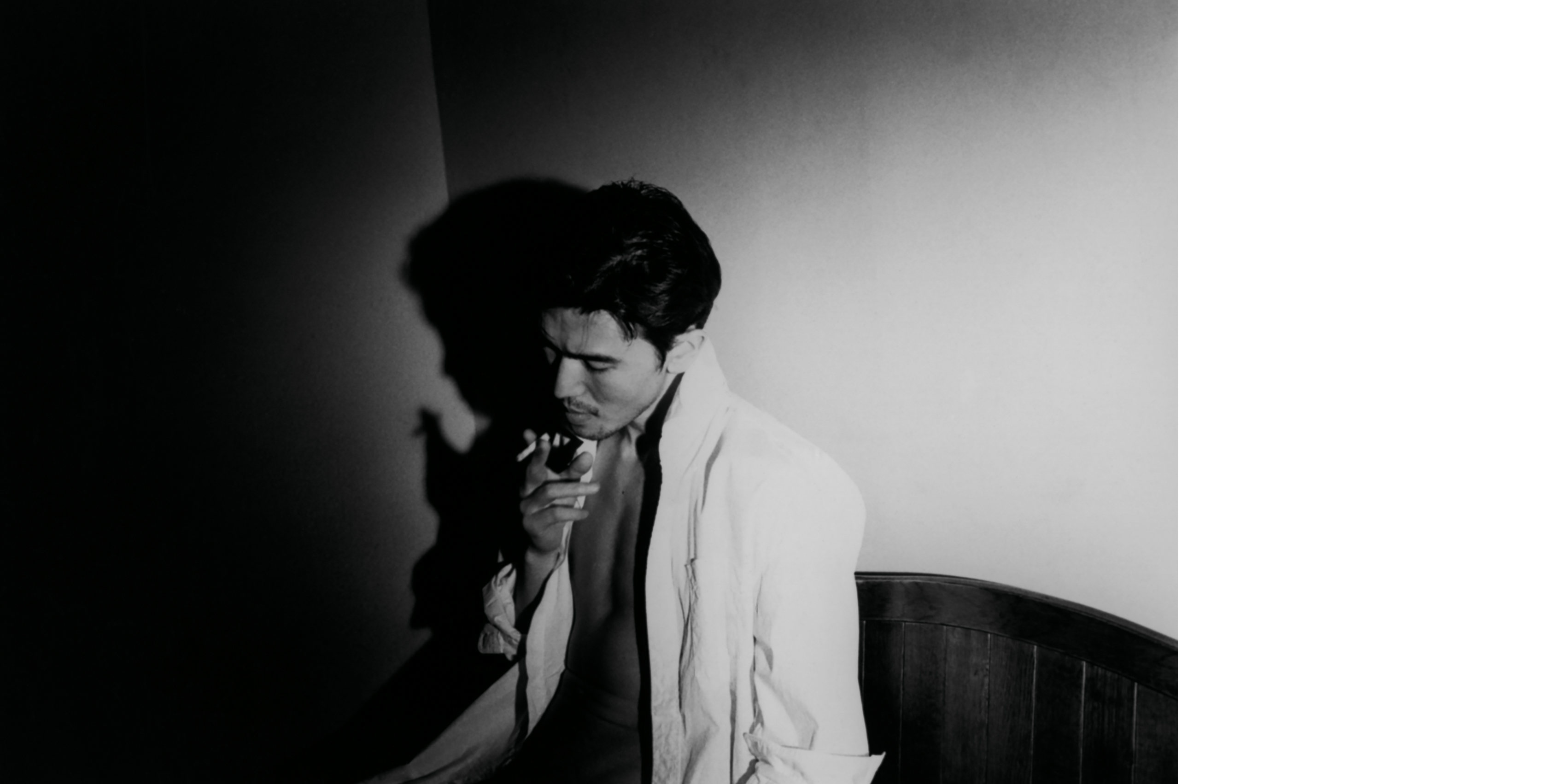 'I’m So Happy You Are Here': discover the work of Japanese women photographers
'I’m So Happy You Are Here': discover the work of Japanese women photographersSubtitled ‘Japanese Women Photographers from the 1950s to Now’, this new monograph from Aperture is a fascinating insight into a critically overlooked body of work